“Capital,” in investment terms, is money to finance the purchase of equipment, supplies and products.
On the other hand, “working capital” is money spent to cover day-to-day operating costs of your business. Working capital is cash or accounts that can be converted into cash, like accounts receivable or inventory. It is the cash a business needs to cover regular financial obligations.
Think of capital as money to buy things and working capital as money to pay weekly, monthly, quarterly and annual bills, from payroll to local, state and federal taxes.
To determine your businesses’ fiscal needs, consider both capital and working capital. The total of those two figures is the amount required to operate the business.
Potential capital outlays might include:
- buildings, facilities, etc.
- major equipment
- office equipment and furnishings
- materials, supplies, parts, etc.
- initial inventory
When planning capital needs for a start-up, simply calculate the costs of setting up the business. To determine capital needs for an existing business, calculate the costs of growth and expansion, but don’t include items like salaries, utility costs, insurance, and other fixed business expenses.
Next, determine working capital needs. Create projections for accounts receivable, inventory and accounts payable. Compare current, actual costs to your projections. Then, subtract the increase in current liabilities from the increase in current assets. The difference is your working capital needs.
If you’re seeking capital for a start-up, calculations are easy. You don’t have current actual costs, so the difference in liabilities and assets equals your working capital needs.
Say you plan to open a new restaurant and you estimate the following capital costs:
| • Facility (building and land) | $500,000 |
| • Equipment (stoves, freezers, etc.) | $150,000 |
| • Furnishings (tables, chairs, etc.) | $75,000 |
| • Other items (silverware, plates, etc.) | $20,000 |
| Total | $745,000 |
You determine you need $745,000 to open your bistro. But that’s not all the capital you need. You also need working capital to keep the operation going while the restaurant gains popularity. So, next estimate working capital needs for the first 12 months of business:
| • Salaries | $400,000 |
| • Utilities | $25,000 |
| • “Groceries” (supplies) | $50,000 |
| • Advertising | $15,000 |
| Total | $490,000 |
Adding up capital and working capital indicates you need $1,235,000 to cover the first year’s business expenses. Minimum!
On the other hand, your successful restaurant generates cash, so develop best- and worst-case scenarios. Best case? You generate $800,000 in sales in that first year.
The math is simple: $1,235,000 minus $800,000 equals $435,000. You need $435,000 in capital to open the restaurant under the best circumstances.
Something else to consider. Your projected $800,000 in sales won’t be spread evenly across 12 months. The first few months are likely to be lean until customers discover your restaurant.
In addition, to prepare for the unexpected, you estimate you need an additional $200,000. Under-capitalization is the No. 1 cause of business failure, so this cash buffer is a must-have.
Adding up initial capital needs, and a buffer, you’ll need $1,435,000 during the first year of operation. Worst case scenario? You cut that total by a conservative $300,000 because you use income to offset some working capital needs.
To present the best, most transparent picture to investors and lenders, prepare a statement of capital needs on a month-by-month basis, showing working capital requirements and projected business income. Show lenders and investors what you need, justify those needs based on solid projections and clearly demonstrate how you’ll pay back borrowed funds.
The key is to factor in capital needs and working capital needs to avoid business failure because you worked too hard to even consider failure.
For more information about small business services or the Arvest Business Engagement Center:
- Schedule an appointment for a business advisor to call you.
- Call (866) 314-0315
- Or contact your local Arvest banker


